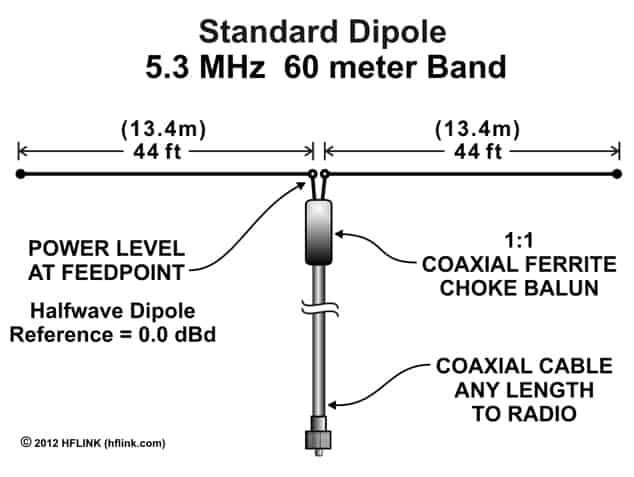|
Lower Limit kHz
|
Upper Limit kHz
|
Notes on Current Usage
|
| 5258.5 | 5264.0 | CW activity. 5258.5 kHz international use |
| 5276.0 | 5284.0 | USB dial frequency 5278.5 kHz international use |
| 5288.5 | 5292.0 | Experimental beacons on 5290 kHz |
| 5298.0 | 5307.0 | All modes, highest USB dial frequency 5304 kHz |
| 5313.0 | 5323.0 | All modes, highest USB dial frequency 5320 kHz |
| 5333.0 | 5338.0 | Highest USB dial frequency 5335 kHz |
| 5354.0 | 5358.0 | Highest USB dial frequency 5355 kHz |
| 5362.0 | 5374.5 | Digital modes activity. Highest USB dial frequency 5371.5 kHz. International use |
| 5378.0 | 5382.0 | Highest USB dial frequency 5379 kHz |
| 5395.0 | 5401.5 | Highest USB dial frequency 5398.5 kHz |
| 5403.5 | 5406.5 | USB dial frequency 5403.5 kHz international use |
It is important to remember when selecting a frequency that the entire signal must stay within the limits of the frequency segment. On Upper Sideband (USB), remember that the transmitted signal will start from the dial frequency, or suppressed carrier frequency, and extend up to 3 kHz above the dial frequency. Therefore the USB dial frequency should never be set higher than 3 kHz below the upper limit of the frequency segment.
As an example, an operator wishes to select an SSB frequency in the 5333-5338 kHz segment. The highest dial frequency that can be used is 5335 kHz as this will result in the signal occupying the range from 5335 kHz to 5338 kHz. 5333 kHz would also be an acceptable dial frequency as the transmitted spectrum would still be within in the segment limits, this time occupying the range 5333 kHz to 5336 kHz.
In another example, at 5403.5 kHz the segment is only 3kHz wide and extends from 5403.5 kHz to 5406.5 kHz, therefore the only frequency that can be used is setting the dial to exactly 5403.5 kHz; anything higher or lower will result in the transmitted signal being out of band.
The highest USB dial setting for each segment is shown in the table for reference.
The table also shows the main frequencies where activity from outside the UK may be found. Some countries have access to a range of frequencies, whereas others are limited to a few spot frequencies, so be courteous if you receive a request to change frequency slightly and try to avoid long rag chews on the known international spot frequencies. As usual, the frequencies at the very top and bottom of the bands tend to be busiest, with plenty of space in the middle!
Propagation on the 5 MHz band is very different to our other bands, offering excellent UK coverage during daylight hours with very simple antennas and low power. At night, the band can offer plenty of DX with activity from the US and further.
